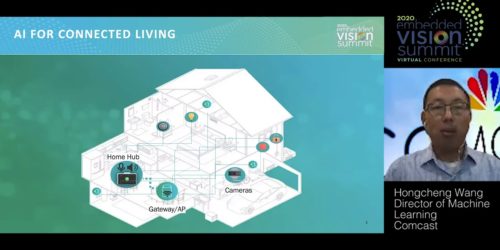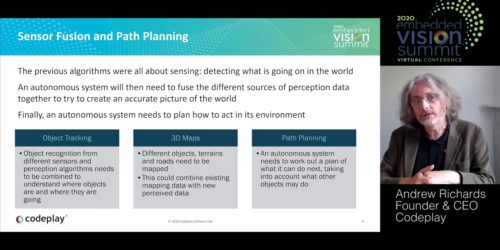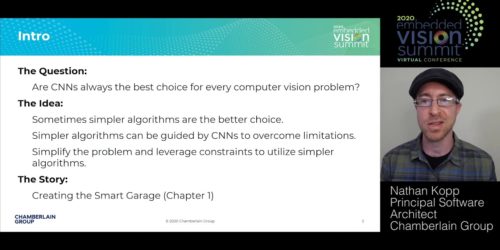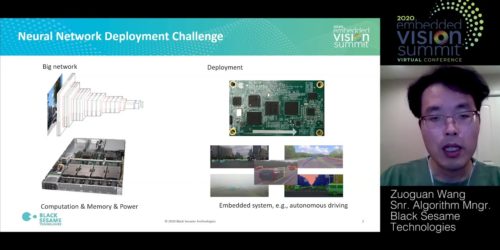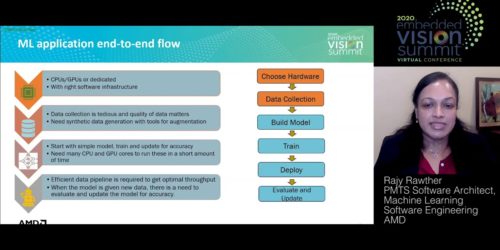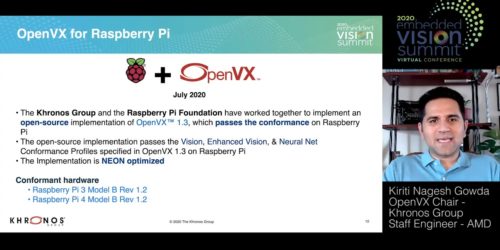Free Webinar Explores Rapidly Building Robust Data-driven Embedded Machine Learning Applications
On February 25, 2021 at 9 am PT (noon ET), Zach Shelby, CEO and co-founder, and Daniel Situnayake, founding ML engineer, both of Edge Impulse, will present the free hour webinar “How to Rapidly Build Robust Data-driven Embedded Machine Learning Applications,” organized by the Edge AI and Vision Alliance. Here’s the description, from the event […]


